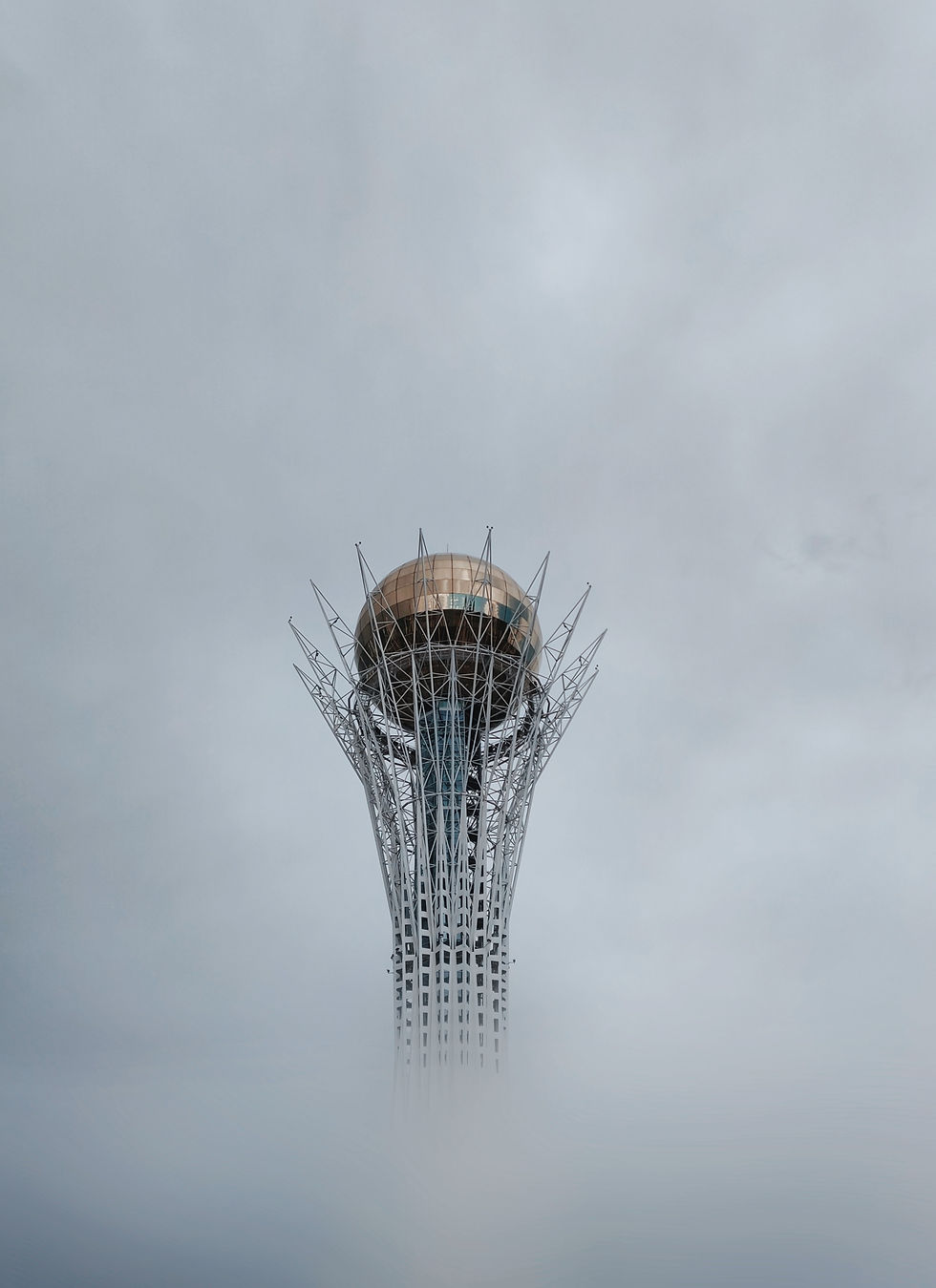Borat's Nur-Sultan Kazakhstan tour guide!Very Nice!
- Structures Insider

- Oct 27, 2020
- 2 min read

After nearly two decades of rejecting Sacha Baron Cohen’s satirical depiction of Kazakhstan in Borat Sagdiyev, the country’s tourism board has finally given in and embraced the ‘Very Nice!’ publicity he brings.
The first film’s version of the Kazakhstan national anthem begins with the words: “Kazakhstan greatest country in the world, all other countries run by little girls.” (The true anthem begins: “Sky of golden sun, steppe of golden seed”.)
However, following the release of Borat Subsequent Moviefilm on Friday, October 23, the tourism board has finally given in to the ‘any publicity is good publicity’ mentality.
The idea for the campaign came from American Dennis Keen, who travelled to the country on a high school exchange, then studied with a Kazakh professor at Stanford University. He now lives in Almaty, where he gives walking tours, the New York Times reported.
👇 Watch the movie now on Amazon Prime Video👇
Sources: UNILAD, TheGuardian
Nur-Sultan Tour Guide
Emerald Towers, the tallest skyscrapers are located in the youngest capital of the world, Nur Sultan

Nur-Sultan as known between 1998 and 2019 as Astana is the capital city of Kazakhstan.
In March 2019, it was renamed Nur-Sultan in honour of the departing Kazakh president, Nursultan Nazarbayev.
It stands on the banks of the Ishim River in the northern part of Kazakhstan, within the Akmola Region.
In 2018, Nur-Sultan attracted more than three trillion tenges (US$7.91 billion) in foreign direct investments, a record amount for the city.
The growth was achieved due to a large number of construction projects. Tourism becomes one of the factors that drive economic growth in the city.

Architecture 🏛
Design Thinking: Located in the heart of the developing historic city, the Emerald Towers consist of three buildings, two of which are 37-storeys and one is 54. As the tallest buildings in Kazakhstan, the Towers have become a tourist attraction and an elegant icon on the skyline of Astana.
The Towers gracefully integrate itself into the rapidly developing urban texture and compliment the historic grand boulevard. Working in harmony with the surrounding landscape and architecture, the Towers form an architectural interpretation of indigenous prairie grass swaying gently in the wind.
Key Features: The first two phases contain primarily office space, while the third phase will be a mixed-use hotel and condominium. At the tower’s base, the 2,000 car parking podium includes pedestrian-friendly retail, as well as a large conference centre and health spa.
Source: Zeidler


A bit about Astana, the youngest capital metropolis on the planet.
Astana also is known as Nur-Sultan became the capital of Kazakhstan in 1997. A 2017 official estimate reported a population of 1,029,556 within the city limits, making it the second-largest city in Kazakhstan, behind Almaty, the capital from 1991 to 1997.
The Japanese architect Kisho Kurokawa designed the master plan of Astana
Founded in 1830 as a settlement of Akmoly or Akmolinsky prikaz, it served as a defensive fortification for the Siberian Cossacks. In 1832, the settlement was granted town status and renamed Akmolinsk.
On 23 March 2019, following a unanimous vote in Kazakhstan's parliament, the city was renamed Nur-Sultan from Astana, after former Kazakhstan President Nursultan Nazarbayev.











